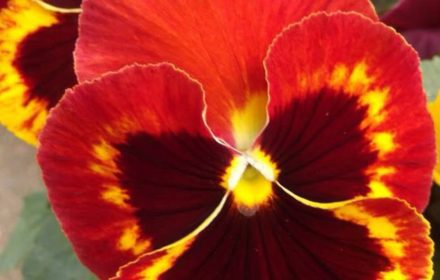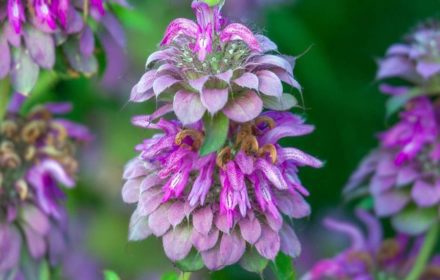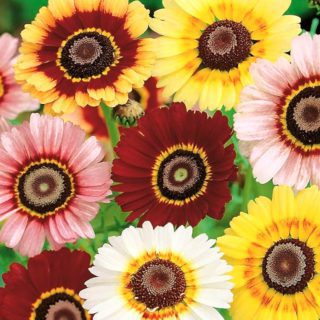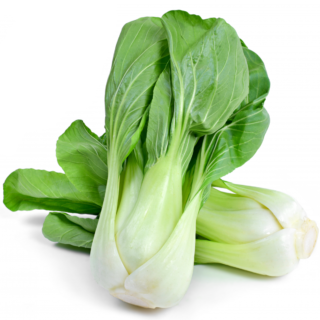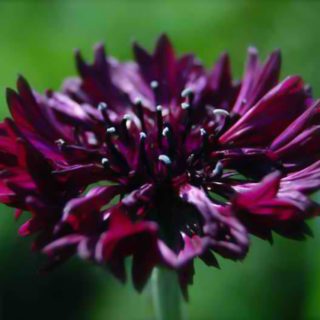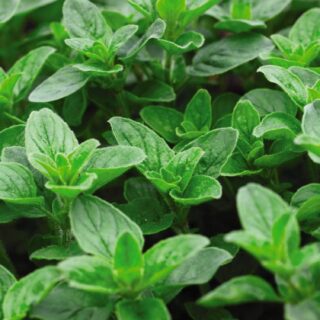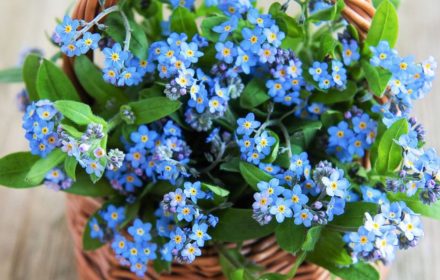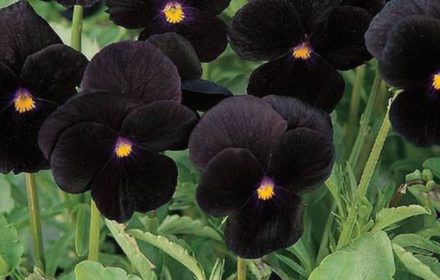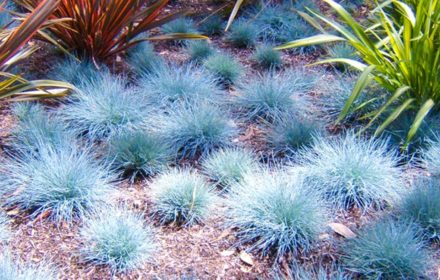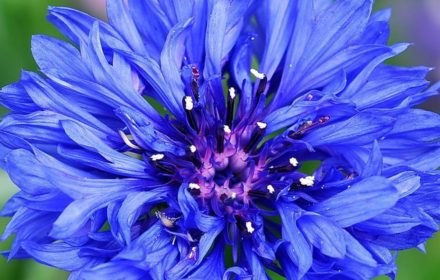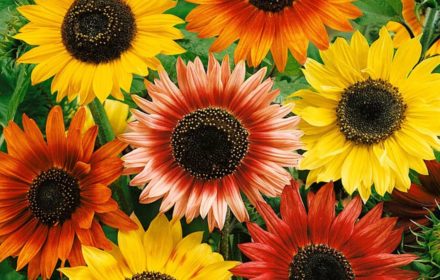How to Grow Giant Zinnia Dahlia from Seeds
Giant Zinnia Dahlia is a vibrant and eye-catching flower, known for its large pastel blooms in a variety of colours, including yellow, red, coral, crimson, scarlet, purple, orange, and white. These stunning flowers grow up to 10-13 cm (4-5 inches) in diameter and sit atop tall, sturdy stems, making them perfect for use as cut flowers in displays and vases. With a mature height of up to 120 cm (4 feet), Giant Zinnia Dahlia adds a bold splash of colour to pots, containers, and garden borders. Follow this guide to successfully sow and grow Giant Zinnia Dahlia seeds in your UK garden.
When and Where to Sow Giant Zinnia Dahlia Seeds
- Indoor Sowing: Start seeds indoors from early spring (March to April) to get a head start on the growing season. Indoor sowing is particularly beneficial for UK gardeners, allowing the plants to establish before outdoor temperatures are suitable for transplanting.
- Outdoor Sowing: For direct outdoor sowing, wait until the risk of frost has passed, typically from late spring (April to September). Zinnias are frost-sensitive, so ensure the ground is warm before planting outdoors.
Ideal Growing Conditions for Giant Zinnia Dahlia Plants
- Soil Requirements: Zinnias thrive in well-drained, fertile soil. Prepare the soil by incorporating compost or well-rotted manure to improve fertility and drainage. They prefer slightly acidic to neutral soil with a pH of 6.0-7.0.
- Sunlight: Choose a sunny location that receives full sunlight for at least 6 hours a day. Zinnias need plenty of light to produce strong stems and large, vibrant flowers.
- Temperature: Ideal sowing temperatures are between 20-27°C (68-81°F). If sowing outdoors, wait until daytime temperatures are consistently warm and there is no risk of frost.
How to Sow Giant Zinnia Dahlia Seeds Indoors
- Sowing in Pots or Trays: Fill seed trays or small pots with fresh seed compost. Sow the seeds at a depth of about 3 mm (1/8 inch) and lightly cover them with compost. Firm gently and water well.
- Germination Conditions: Place the trays in a bright, warm location, such as a windowsill or greenhouse. Maintain a temperature of 20-27°C (68-81°F). Cover the trays with a clear plastic lid or polythene wrap to retain moisture and warmth.
- Watering: Keep the compost consistently moist but not waterlogged. Water gently to avoid disturbing the seeds. Germination typically occurs within 7-14 days.
- Transplanting Seedlings: When seedlings have developed 2-3 true leaves and are about 5 cm (2 inches) tall, transplant them into individual pots to grow on. Harden off the seedlings by gradually exposing them to outdoor conditions for 7-10 days before planting them outdoors.
How to Sow Giant Zinnia Dahlia Seeds Outdoors
- Preparing the Soil: Choose a sunny, well-drained spot and prepare the soil by removing any weeds and raking it to a fine tilth. If the soil is heavy, add sand or grit to improve drainage.
- Sowing Depth and Spacing: Sow seeds directly into the ground at a depth of about 3 mm (1/8 inch). Space seeds about 30 cm (12 inches) apart to allow the plants enough room to grow and develop.
- Watering: Water gently after sowing to settle the soil. Keep the soil consistently moist during the germination period, but avoid overwatering. Germination should occur within 7-14 days.
- Thinning: Once the seedlings have developed a few true leaves and are large enough to handle, thin them to about 30 cm (12 inches) apart. This spacing allows for proper airflow and reduces the risk of disease.
Caring for Giant Zinnia Dahlia Plants
- Watering: Zinnias prefer evenly moist soil, so water regularly, especially during dry periods. Avoid overhead watering, which can cause fungal diseases. Water at the base of the plant to keep the foliage dry.
- Feeding: Apply a balanced, liquid fertiliser once a month to promote healthy growth and vibrant blooms. Over-fertilising can lead to excessive leafy growth at the expense of flowers, so feed sparingly.
- Pinching for Bushier Growth: To encourage a bushier plant with more blooms, pinch back the growing tips of young plants when they reach about 15 cm (6 inches) tall. For tall, long-stemmed flowers, allow the plants to grow naturally.
- Deadheading: Regularly remove spent blooms to encourage continuous flowering throughout the summer. This also helps to maintain a neat appearance and prolongs the flowering season.
Using Giant Zinnia Dahlias in the Garden
- Borders and Beds: Giant Zinnia Dahlias are perfect for adding height and colour to garden borders and flower beds. Their large, showy blooms make them a focal point in any garden display.
- Cut Flowers: Zinnias are ideal for cutting, thanks to their long stems and bold, colourful flowers. Harvest the blooms when they are fully open for the longest vase life. Place them in water immediately after cutting.
- Containers and Pots: Due to their compact growth habit, these Zinnias are excellent for growing in containers, window boxes, or hanging baskets. Their bright colours and glossy petals create a striking visual display.
Common Issues and Tips for Growing Giant Zinnia Dahlias
- Pest Control: Watch for common pests such as aphids, slugs, and snails, which can damage young plants. Use organic insecticidal soap or natural predators like ladybirds to manage infestations.
- Fungal Diseases: Zinnias can be prone to powdery mildew, especially in humid conditions. To prevent this, ensure good air circulation around the plants and water at the base to keep the leaves dry. Avoid planting in overly crowded areas.
- Leggy Growth: If seedlings become leggy, they may not be receiving enough light. Move them to a brighter location or provide supplementary lighting to encourage strong, healthy growth.
Common Questions About Growing Giant Zinnia Dahlias
- Can Giant Zinnia Dahlias be grown in containers? Yes, these Zinnias grow well in containers. Choose a pot that is at least 30 cm (12 inches) deep with good drainage. Use a high-quality potting mix and water regularly to keep the soil moist.
- How do I prevent my Zinnias from getting too tall and leggy? To prevent leggy growth, ensure the plants receive plenty of sunlight. You can also pinch back the growing tips of young plants to encourage bushier growth and more flowers.
- How can I extend the flowering season? Regular deadheading will encourage continuous blooming. Keep the plants well-watered and fed, and provide full sunlight to maximise flowering.
By following these steps, you can enjoy a stunning display of Giant Zinnia Dahlia blooms in your garden. With their bold colours and long-lasting flowers, these easy-to-grow plants are a wonderful addition to any outdoor space.



